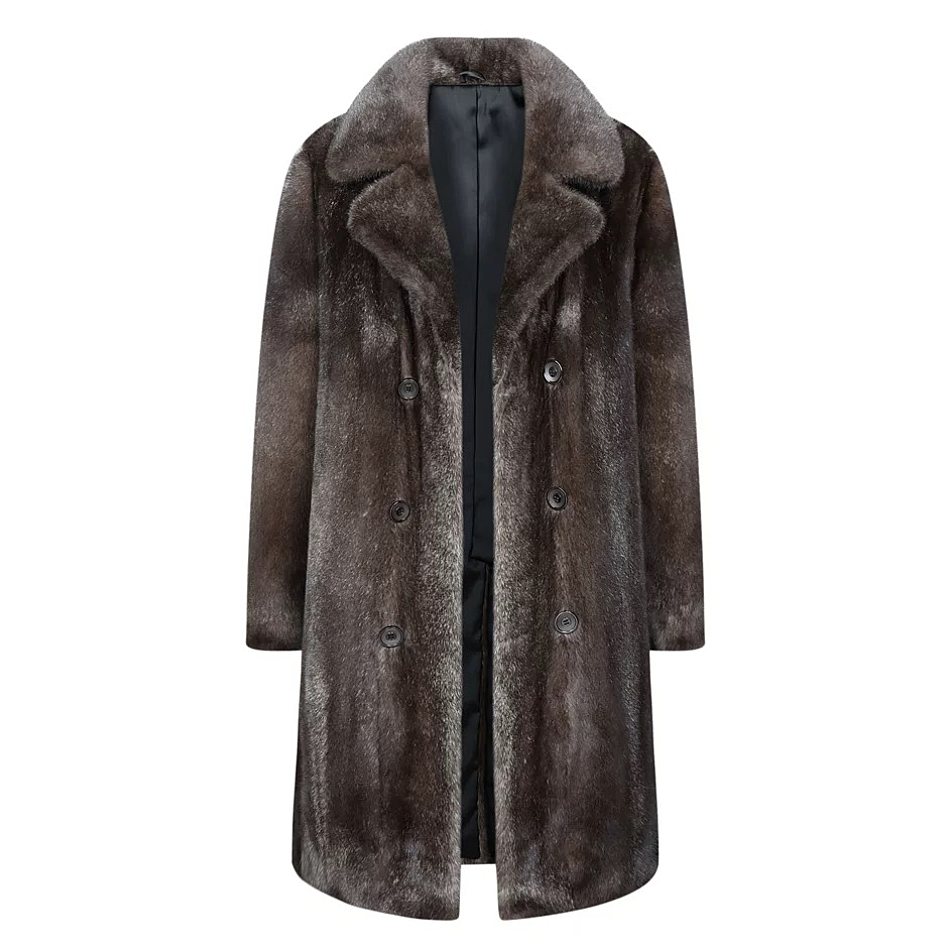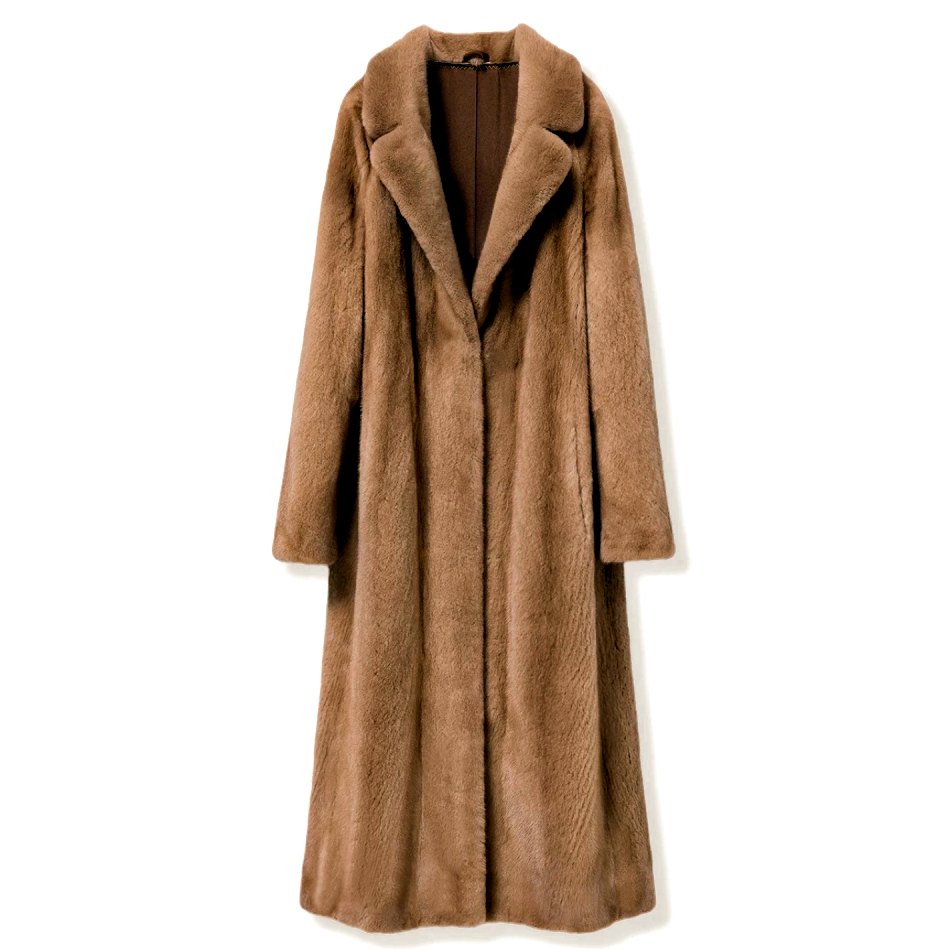How to Tell What Kind of Fur A Coat Is
Fur coats are luxurious, and they never fall out of style. If you already have a fur coat, or are looking to buy a new one, its fur type may reveal its cost and type. Here you will find out how to check what fur type your coat has. Moreover, we will explain some common types of fur coats.
How to Identify the Fur Type on a Coat
Identification of fur on a coat is a process that needs careful observation in different steps.
Examine the Length and the Texture of Hair
Lightly rub the fur with your hand. And if it feels short and sleek, you may have mink or sheared beaver. The fur can be long and fluffy, and it can be fox or raccoon. A fur that is smooth, velvety, and not very shiny, and is soft, may be rabbit or beaver.
Checking the texture is the most important and the easiest method to identify fur according to your liking. So, it also makes shortlisting your options easier.
Look at the Color and Pattern
Many natural furs come in unique color patterns. For example:
- The Fox fur often has mixed tones, or tips, or different colors on the hair.
- Raccoons typically appear wild with a striped or ringed appearance.
- Sable and mink are more uniform in color.
Remember that fur can be dyed, and therefore, bright or unnatural colors do not necessarily indicate the species. Rather, examine the natural color derived from the hair base and pattern. Through touching the fur and observing the color and pattern, you will determine what kind of fur your coat is.
Examine the Base or Backing of the Fur
Look at the point of fixing the fur with the interior to check if it is natural.
- Real fur is built on real skin or leather naturally.
- Fake fur can be sewn or stuck to a fabric or a woven material.
In the case of rabbit hair, the backing is thin, stretchy, and soft.
Feel the weight or the warmth of the material
Coats made of beaver and raccoon are heavy and bulky, while mink fur coats can be lightweight. Similarly, lynx and rabbit fur coats are lightweight, and they may feel less warm to the touch.
Look for Labels or Tags
Always check inside the coat to see any label of the brand or care tips. Newer coats and most original fur product labels indicate what kind of fur was used. Vintage items could be labeled with torn or even detached tags.
However, sometimes partial tags can indicate the manufacturer or type of fur. In case a coat contains no label, the other tips will be even more helpful.
Common Types of Fur Used in Coats
These are the most popular types of fur in coats. If you own a luxury coat or are looking for one, chances are that it will be made from one of these:
1. Mink
In most cases, you will find mink long and classic full-length coats. It is smooth and soft. A mink coat is light in weight. So, it is easy to carry, and it is still warmer. Mink is usually brown, black, or chestnut, but it can be colored to lighter colors.
2. Fox
The texture of Fox fur is the opposite of mink fur. It is long, fluffy, and very full so that coats and collars become thick. It also has a thick undercoat that makes it warmer and slightly heavier. Fox fur is usually available in natural colors like red and white. However, it is frequently dyed in bright colors that are used in fashion.
It is frequently applied as accents to hoods, cuffs, and collars. However, you may also find whole coats made with it.
3. Rabbit
The fur of rabbits is very soft and smooth; however, it tends to be a little less long-lasting than other furs. It is very fine and velvety, and is commonly used in affordable coats or linings.
The rabbit fur sheds quickly, and so if you observe that on your clothes, it can be rabbit fur. The rabbit fur is natural in colors, which include grey, white, and brown, and can be dyed.
4. Raccoon
Raccoons have long and harsh fur. The colors of its outer guard hairs are darker compared to the soft underfur. The appearance is natural and wild. A raccoon has heavy and warm fur. It is used on rugged winter clothing, parkas, or on hoods and collars. The fur may look somewhat spiky due to the presence of the thick guard hairs.
5. Beaver
Beaver fur is dense and thick. Hence, it forms one of the warmest natural furs. It may be worn in its wild long-hair state or be clipped down to form the suede-like velvet surface. Beaver fur is brown and sometimes grey naturally. It comes with a soft and more uniform appearance. In terms of texture, it is a thicker fur, which is perfect in cold weather.
6. Lynx
The lynx fur is luxurious and rare. It is very light and very soft, one of the lightest, softest furs that you can get. It naturally comes in a creamy white or light beige under color, and the natural spots or stripes give it a wild and unique look.
The fur is not too heavy, and it is fluffy; it gives an eye-catching piece to any coat or trim. Lynx is a common option in luxury Fashion items. So, it is priced according to its natural beauty and softness.
Final Words
It is quite useful to know how to identify the type of fur in a coat. Every variety possesses its unique texture, worth, and aesthetics. To check whether your coat is mink, fox, or rabbit, or whether it is something more exclusive, such as lynx, it is enough to look at it and have a feel of it, and follow the rest of the tips shared here. However, if you are still confused, then your last resort will be consulting an expert.




